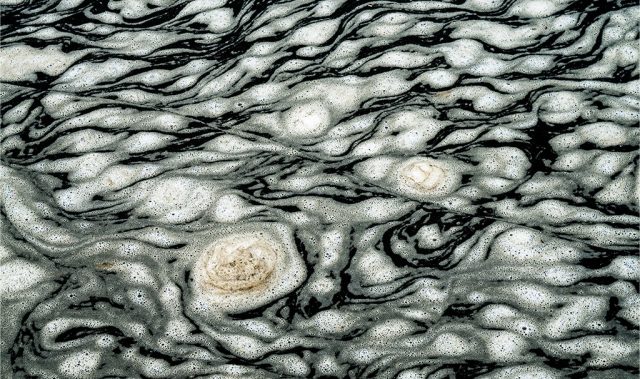
AsianScientist (Nov. 19, 2015) – Researchers have discovered five new species of wasps and placed them in a new species group, ‘The first long-haired ones’, as reported in the Deutsche Entomologische Zeitschrift.
The newly discovered wasps belong to a large worldwide genus of wasps known for parasitizing spider eggs. Although India was already home to few as 24 known representatives of this group, Dr. Veenakumari Kamalanathan, ICAR-National Bureau of Agricultural Insect Resources, and her team decided that the five newly identified wasps needed their own group, because of their uniqueness and their strong resemblance to each other, as well to aid taxonomic studies.
Among the unique features that bring together the new five species are the long hair-like structures along the margins of both of their wings. This is also the reason behind the authors’ choice of name for the proposed group: adikeshavus, meaning ‘first one to have long hairs’ in Sanskrit.
Within this parasitic superfamily of wasps each group has been long accustomed to a specific host. The tribe to which the new five wasp species belong, for instance, is characterized by its exclusive preference for spider eggs.
Parallel evolution accounts for the tiny wings of these wasps which allows them to slip through the silk strands of the egg sacs which are deposited in leaf litter by the spiders. Furthermore, all these species have a uniform length of one to two mm as a result of their getting used to parasitizing relatively medium-sized spider eggs.
With over a thousand species supposed to exist in this genus the scientists suggest that their clustering into groups is a necessity to facilitate future studies.
The researchers concluded that it is highly likely that this group of wasps will yield a much larger number of species of parasitoids attacking spider eggs in India.
The article can be found at: Kamalanathan et al. (2015) ‘The Adikeshavus-Group’: A New Species Group of Idris Förster (Hymenoptera, Platygastridae) from India, with Descriptions of Five New Species.
———
Source: Pensoft Publishers.
Disclaimer: This article does not necessarily reflect the views of AsianScientist or its staff.












